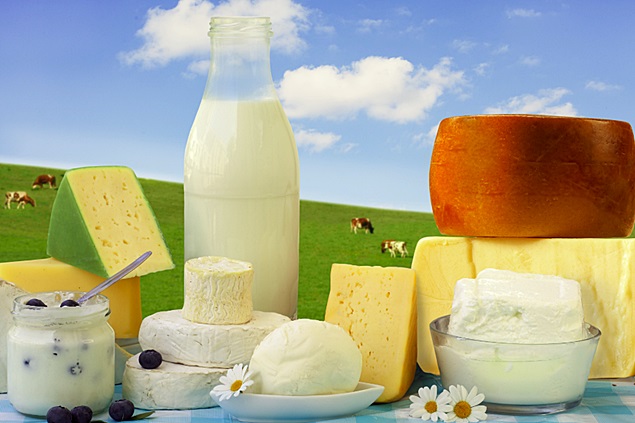1237

Sustained inflationary pressures are affecting consumer demand, while the recovery of global milk prices is lagging behind, according to the latest analysis published by Rabobank on the global milk market.
Slow Recovery
In Rabobank's most recent quarterly global dairy report, it predicted that the recovery of prices in the market "will be slower than anticipated" in its Q1 2024 report. The bank attributed the price increases at the end of 2023 and the beginning of 2024 more to lower prices and restocking than to an improvement in consumer demand.
Meanwhile, purchases have slowed as buyers await the seasonal peak in milk production in the northern hemisphere.
Supply growth has remained moderate according to the analysis, with production expected to increase modestly in Q3 and more in Q4. "For Europe, we expect year-over-year growth of just 0.2% in Q3 and 1% in Q4," the bank stated.
"Given higher on-farm margins in the U.S. compared to weaker year-over-year figures, milk per cow will likely show improvement in H2 2024."
Similarly, New Zealand will produce a "moderately stronger" growth in the second half of the year, if the weather permits, while producers in South America, after seeing the backside of El Niño, can hope for higher margins due to lower feed prices and increased milk prices at the farm gate.
Interest Rate Pressure
With inflation still high in most countries, interest rates are putting pressure on debt and consumer spending, which in turn affects purchasing power, the bank said.
In Europe, the bank expects steady demand this year, but advises U.S. consumers to increase purchases due to lower dairy prices in this market. The CPI for dairy products in the U.S. was 1.6% lower year-on-year, declining for the seventh consecutive month in March - the first time this has happened since 2016.
Rabobank added that it has not seen evidence of a significant market reaction to the avian flu outbreak in the U.S. dairy cow herd since March. "There remain many questions about the overall spread and severity of the virus, but so far, the impact on milk production and dairy demand has been limited," the bank said.
Possible Good News for Farmers
While sustained uncertainty about when interest rates will be reduced puts pressure on consumer spending in some markets, dairy farmers and processors could benefit from better accessibility to short-term credit, the bank said.
Global demand for cheese and butter remains strong according to the report, although skim milk powder exports continue to perform poorly, likely due to lower demand from China.
In the EU, exports fell by 4.7% in February year-on-year, due to stronger internal prices, lower stocks, and higher comparable figures, the bank said. Skimmed milk powder exports also fell by 10.1% compared to 2023.
In the U.S., exports improved in February for the first time since January 2023. This was driven by cheese, skim milk powder, and whey powder, with competitive prices in the first quarter supporting a record monthly volume of cheese deliveries on a daily average basis.
Skimmed milk powder exports also increased by 3.4%, supported by demand from Southeast Asia. Rabobank estimates that total deliveries from the U.S. will trend close to last year's levels in 2024 but will remain below the record volumes of 2022.




